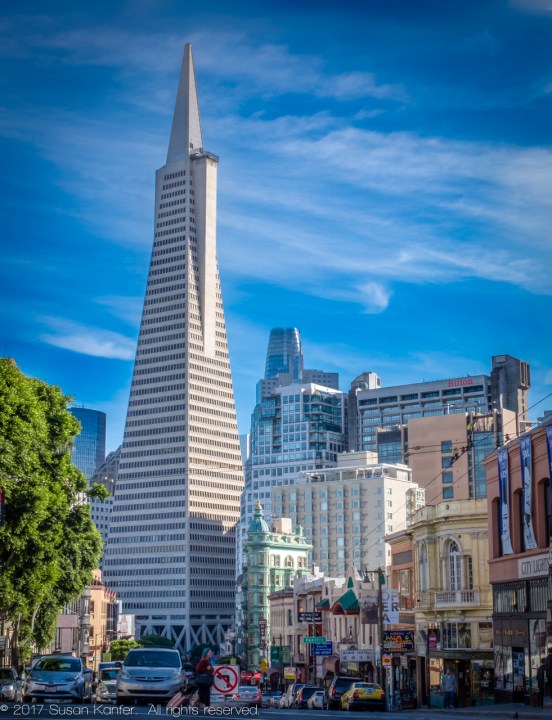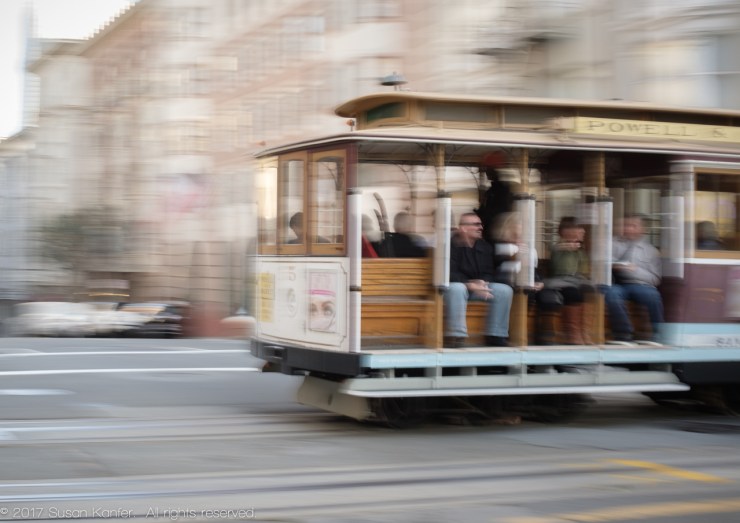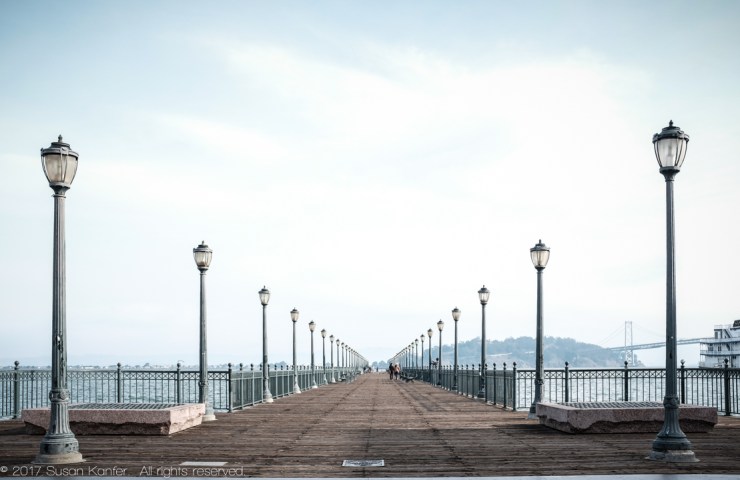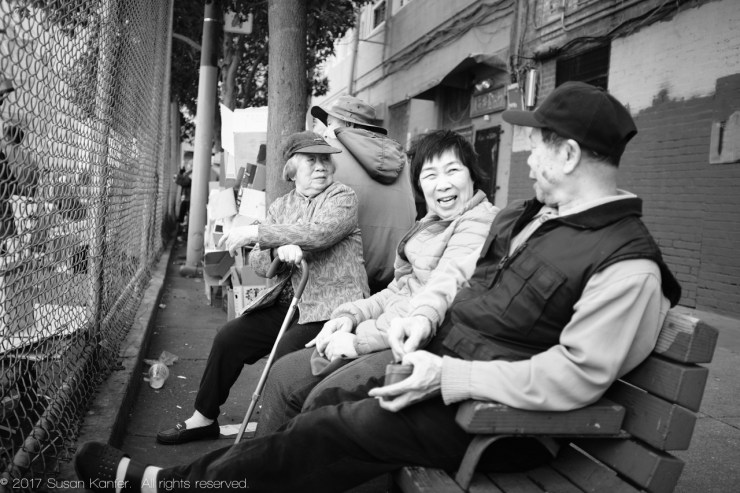An image list is exactly what it sounds like, a list of images. Seems pretty basic?
But how many of you actually make a list of the images you would like to take before you leave for your photoshoot or go on a photo vacation? Sure, you want to be spontaneous and react to special moments–but with a shot list in hand from the moment, you take your camera out of the bag you can use your time more efficiently. It is the basis on which you develop your photography game plan for the day. Also, you don’t run the risk of returning from a photo outing only to realize you did not shoot some of the images you had wanted to shoot.

Another advantage of an image list is that you can develop your equipment list from the list of anticipated shots. You can decide what lenses you will need, external flashes, filters, etc. so that you will be prepared. Image lists are of course particularly important if you are photographing for a client as you will have to meet the terms of your contract. They are equally important if you are photographing to add to your own stock photography portfolio or if you are just getting started as a stock contributor.
Stock photography success
A key to being a successful stock photographer is a diverse portfolio so that your images appeal to a great variety of buyers with different needs. Whereas one buyer might be interested in editorial shots of a farmer’s market, other buyers may want to license an image of strawberries in a carton sold by the farmer, or flowers and plants. By brainstorming and anticipating the needs of potential buyers, you should be able to create a shot list of marketable images. Check out my article on Stock Photography Insights for more tips on stock photography.

Creating an image list
When I develop my image list for my travels I usually research my destination by reading travel books and checking the internet. I also talk to friends who have visited the locations. I stop at the visitors’ information centers once I arrive at the destination. Then, I ask for recommendations and further revise my list. I also review stock photography websites, such as Adobe Stock, to see what other photographers are photographing at the destination I am visiting. (Just type in the subject you are researching at the top of the Adobe Stock page, in the search box.)
My image list will start with the bigger picture and then move to smaller details. For example, if I am visiting a city, I usually include major tourist attractions and landmarks — iconic shots. Also, images that give an overview of the location such as the skyline and viewpoint panoramas. Other subjects may include architecture, shopping streets and neighborhoods. Also art, music, food, customs, marketplaces, and street performers. Include people in everyday life and clothing, particularly in countries where traditional dress is distinctive. If I am visiting a scenic area I include different landscape shots. If there is wildlife, hopefully, I will find animals to photograph. I will also identify locations for sunrises and sunsets.

An image list for a photoshoot of a family or a wedding or event would be totally different from what I put together for travel. If you are working with a client, you should probably create the list together with the family, couple or event coordinator. That way you understand what they expect. Such a list might include not only whom you plan to photograph and where, but lighting scenarios, as well as poses.
One subject, several photographs
Every buyer of a stock photograph has a different idea of how the image they are seeking should be portrayed. It is thus important to photograph the images on your list in different ways. Photograph vertical and horizontal, wide-angle and close-up, and from high and low perspectives. Also create abstract designs out of your subject matter, when possible. (Graphic designers use textures and abstracts as background for other images or for text.)
Get personal
Image lists can be very personal. I recently returned from a short trip to San Francisco, a city I once called home. My image list was a trip down memory lane. It included where I ate my lunch on the Embarcadero and the street I walked down to get to work (with a view of the Pyramid building). There were also images of people in Chinatown, a neighborhood I liked to meander through on Saturday mornings and the cable car I occasionally took to work. The images were personal, but I will add several to my stock portfolio and offer them for sale. That is the beauty of stock images. If you are taking the photos anyway, why not also sell them?

Even if you aren’t traveling, responding to a client’s request, or joining a family outing, think of what is close to your home. It could be an event, a pretty park, or a local neighborhood. Then create a list of images before you go out to take photos. You may find there is a lot more to photograph than you would have thought possible.
Tell your story with the second annual Visual Storytelling Conference!
Experience four days of interactive, online training sessions featuring a range of educational content with experienced photographers and content creators. This free event kicks off with a series of technical boot camps to build essential skills, followed by live, online sessions on photography, video, business and social media. Join live from March 10-13, 2022!
